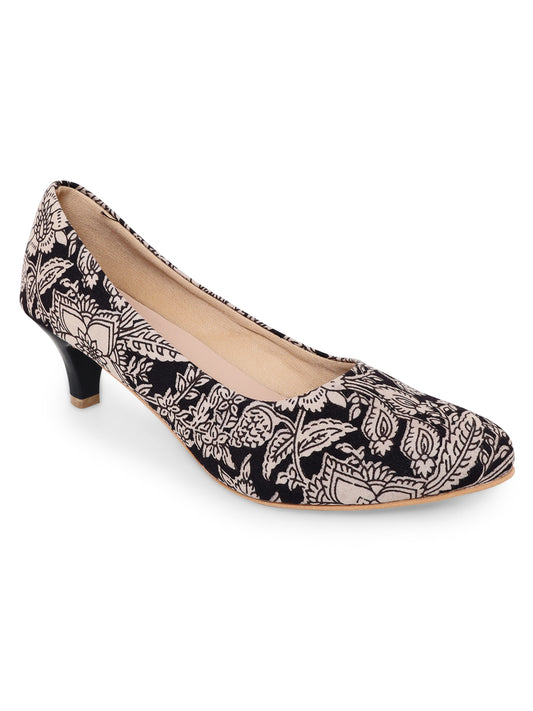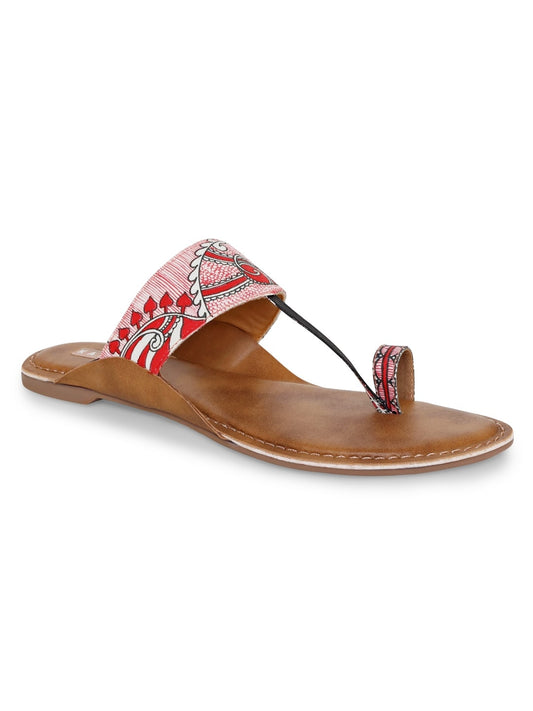Centuries ago, folk singers and painters used to wander from one village to other, narrating stories of Hindu mythology to the village people, but later this process of telling tales transformed into canvas painting and that’s when Kalamkari art was established. This colorful art dates back to more than 3000 B.C. According to the historians, fabric samples depicting Kalamkari art was found at the archeological sites of Mohenjo-daro.
But, it was during the Mughal era when this style of painting got recognition and further it was promoted during the 18th century, as a decorative design on clothing by Britishers in India. Till today, many families in Andhra Pradesh continue to practice this art and this has served as the prime source of livelihood for them, over the generations.
The word Kalamkari is derived from the word Kalam-bamboo pen and Kari-craftsmanship. Kalamkari is a type of fabric printing traditionally done on the cotton cloth using natural materials without adding any chemicals.
The process of making Kalamkari involves 23 steps. From natural process of bleaching the fabric, softening it, sun drying, preparing natural dyes, hand painting, to the processes of air drying and washing, the entire procedure is a process which requires precision and an eye for detailing.
Kalamkari art primarily use earthy colors like indigo, mustard, rust, black and green. Natural dyes used to paint colors in Kalamkari art is extracted for natural sources with no use of chemicals and artificial matter. For instance, craftsmen extract black color by blending jaggery, water and iron fillings which they essentially use for outlining the sketches. While mustard or yellow is derived by boiling pomegranate peels, red hues are created from bark of madder or algirin. Likewise, blue is obtained from indigo and green is derived by mixing yellow and blue together.
Kalamkari has a few different types, this can be identified based on the region of establishment, the motifs and the color combinations by the artists.
Present Day Scenario
In the past decade, due to the tedious technique involved in its making, Kalamkari art was losing its shine. The emergence of high on technology machine looms and printed textiles also escalated the extinction process of this art. But it was the fashion designers of the Indian fashion industry who came together to revive this art and helped artisans practicing this art in the state of Andhra Pradesh.
At Kanvas today we practice 2 kinds of Kalamkari, one is the hand painted the other is block printed combined with hand-painting. Though we use synthetic pigments for the hand painted one to maintain the color for long we do incorporate traditional styles and motifs. The block printed is absolutely natural dye wherein the fabric is first blocked with the outlines of the design and later filled with natural pigments on the fillings.
Our Spring Summer Collection of 2017 was totally based on Kalamkari. We had showcased this collection at Lakme Fashion Week SS17 and India Beach Fashion Week SS17. It was loved by everyone.





